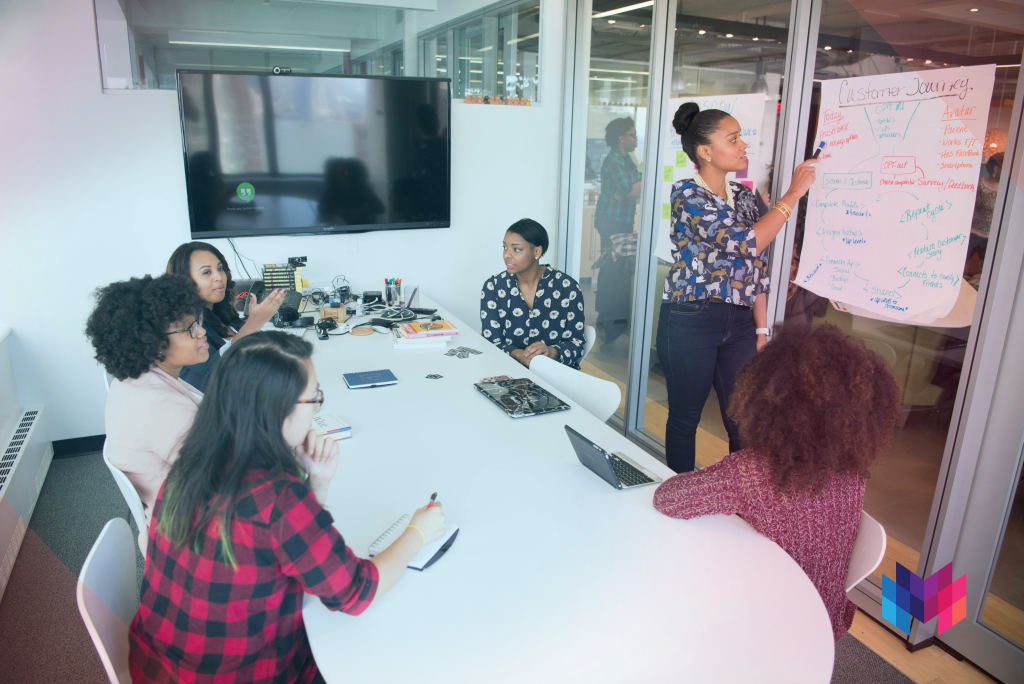Changing demographics worldwide are creating a labour market where – for the first time in human history – the silent generation, baby boomers, Generation X, millennials, and Generation Z are working side by side.
The reasons are self-evident: the dramatic rise in life expectancy, thanks to improved healthcare and overall better quality of life, has seen global life expectancy averaging 73 years in 2023 (compared to just 52.5 years in 1960). But the rising cost of living is also putting retirement out of reach for many who thought they’d be touring the country in a van by the age of 60.
This has created multigenerational workforces where people of all ages work together. Navigating such a diverse workforce comes with its challenges, but ask talent professionals, and 89% of them agree that a multigenerational workforce makes companies more successful.
Before we dive into practical steps for managing a multigenerational workforce, let’s take a quick look at the working generations and their approximate share of the workforce. Knowing what each generation’s expectations and traditional work values are – and how to tap into those in a multigenerational workspace – is critical to your business’s success.
1. Silent generation (1925 – 1944)
2% of the global working population
Values: Works hard, respects authority, age equals seniority, puts the company first.
Ideal workplace: Stability, security and community; focus on standards and norms; respect for experience; no radical change.
2. Baby Boomers (1945 – 1964)
21% of the global working population
Values: Driven, workaholic, loyal to the team, work is life anchor, questions authority.
Ideal workplace: Prioritises work/life balance; feels valued within teams; no micromanagement; slow introduction to tech.
3. Generation X (1965 – 1979)
34% of the global working population
Values: Works smarter not longer, concerned about work/life balance, wants structure, likes innovation.
Ideal workplace: Prioritises learning and development; ‘work with you, not for you’ culture; flexibility; outcome orientated.
4. Millennial (1980 – 1994)
40% of the global working population
Values: Goal-orientated, wants flexibility and career development, thrives on collaboration, values meaningful interactions.
In the workplace: Mutual respect; anti-hierarchical; values ‘out of the box’ thinking; growth-oriented learning opportunities; flexibility.
5. Gen Z (1995 – 2015)
Will soon make up 25% of the workforce (largest generational group alive)
Values: Entrepreneurial, ambitious, money-motivated, needs to be engaged, cares about the work they do, demands flexibility.
In the workplace: Cear expectations and responsibilities; multiple work formats; match projects with their skills; asynchronous work; internal mobility opportunities.
Sources: Future of Work, Monster, USF
Did you know there are other generations around the globe?
The Silent–Gen Z model is weighted by Western influence, but many countries have
unique generations – like South Africa’s Born-Free Generation (born after the fall of apartheid) and Singapore’s Pioneer Generation (born before 1949 in the nation’s early years).
Managing a multigenerational workforce
Breaking down the age gap in the workplace is easier than you’d expect. It’s all about instilling company values and beliefs, encouraging collaboration (as opposed to competition), and understanding how to leverage generational diversity and create an inclusive workspace. Here are some key actions you can take.
1. Embrace differences and avoid generational stereotypes
Expectations and working styles differ among generations – some thrive on strict deadlines while others prioritise work/life balance. Here, remaining agile while putting clear processes and strategies in place is key.
Stereotyping employees according to their generation can demotivate and devalue people, especially older employees. Provide access to diversity and inclusion training programmes, never use generational labels within your company, and discuss the topic to create awareness before it becomes a divisive issue.
2. Look for the advantages of generational diversity
A multigenerational workforce is a microcosm of multiple talents, strengths and weaknesses that continuously bounce off each other. But as Maya Angelou said, “in diversity, there is beauty, and there is strength”.
In a hybrid working environment, business owners can benefit from older generations who prefer working 9-5, Monday to Friday, combined with younger employees who are happy to work remotely or from home. A brick-and-mortar building with tech-enabled offices, combined with the opportunity for regular, remote, out-of-office working and flexible hours, produces an employee base that is much more agile and responsive in a 24/7, always-on world.
Younger generations are more adept at interacting with technology and bringing innovation that keeps the business competitive. Older generations, on the other hand, have better soft skills sets and provide strategy, structure, and stability.
3. Provide opportunities for continuous learning and skills development
Each generation has unique learning styles and preferences, as well as specific motivators for engaging in the learning process. The youngest generations see education as currency and are focused on learning what’s relevant to them and their careers. Baby Boomers, on the other hand, are generally competitive, motivated by challenges, milestones and goals, and keen to learn new skills.
To build a productive multigenerational workforce, organisations must take proactive steps to address unique learning needs. Here we suggest you leave it to the experts! Engage an accredited learning institution that is experienced in teaching employees from all generations through a combination of mature technology and human interaction, and nobody will fall through the cracks.
Outside of formal learning, older generations can teach younger people to think more tactically and strategically, while younger ones bring great positive energy in terms of embracing progressive values and diversity. Mentoring and reverse mentoring (where younger employees teach older ones) help build confidence in younger employees and inspire older generations to learn about new technologies, tools and digital strategies – all of which can improve business outcomes.
Lastly, as more Boomers retire or dial down their careers, companies are going to need seasoned mid-career pros to maintain institutional knowledge and step into vacated leadership positions. Accelerated career development will ensure business owners don’t miss a step.
Bridge the multigenerational skills gap with MasterStart
Agile and collaborative learning – that places human connection at the heart of everything it does – is MasterStart’s secret sauce. Ready to become a better leader in your dynamic multigenerational workforce? Contact us to find out which courses will uniquely benefit employees at different stages of their work life. Whether it’s a Digital Transformation course for your Boomers or a Negotiation Skills course for your Gen Z newbies, our business-backed online short courses are expertly designed to make every single employee relevant and successful.


